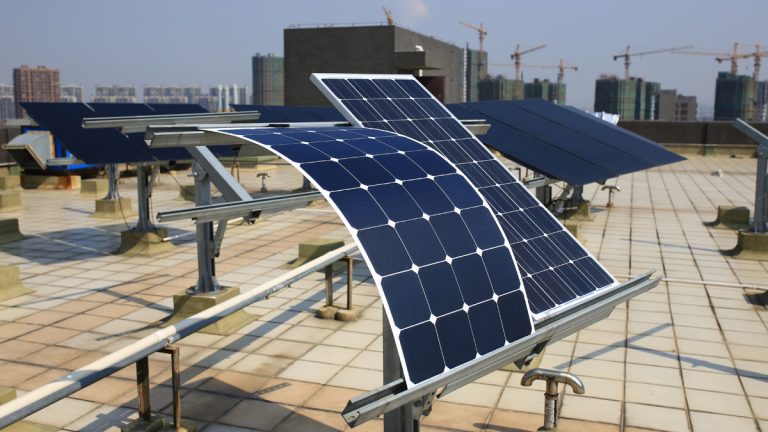Using crystalline solar panels is the most efficient way to harness the sun’s energy. These panels can convert more than a quarter of the sunlight into electricity. They are also the best option for those living in areas with extreme temperatures or heat. They are also the most durable, offering a life expectancy of around 25 years. However, choosing the right type of panel for your situation is essential.
Crystalline
When looking for a solar panel, it is essential to find one sourced from a reputable manufacturer. Many manufacturers will give you a warranty of around 25 years. This means you can enjoy your solar panel for a long time, helping save the planet. In addition, you can reduce your electric bill and tax liability by installing them.
There are two types of solar panels: monocrystalline and polycrystalline. The differences between the two are in the cells used and the space required for their installation. Typically, monocrystalline panels are more expensive to manufacture, but they are still cheaper than polycrystalline Solar Panels Dublin. This is because it is less wasteful to manufacture polycrystalline solar panels.
There are some issues with monocrystalline solar panels, including their efficiency, performance, and space requirements. They are not as durable as polycrystalline panels, which may cause the panels to break down in marginally covered environments. This is why the Department of Energy has recommended that you use a module with the highest ASTM E1830-15 rating for wind loading and snow.
Amorphous silicon is the next most common photovoltaic panel. These cells are made from a thin layer of silicon, which can be applied to a glass or metal surface. They are more resistant to high temperatures and perform better in low light conditions. They can also be more flexible and can be installed in smaller spaces. These panels are easier to produce, but they aren’t nearly as efficient as crystalline solar panels. They can produce an output of 13.8%, but it’s not as much as you’ll be able to receive from a crystalline panel.
The biggest disadvantage of amorphous cells is that they are not very aesthetically appealing. They have a speckled blue hue and are not as uniform in appearance as crystalline solar panels. You’ll also have to invest in additional hardware, such as a micro-inverter, to get the best out of your amorphous solar panel system.
There are several advantages of amorphous solar panels, including their durability, ability to handle higher temperatures, and the fact that they are easier to produce. They are the perfect choice for areas where crystalline silicon is not feasible. They can be mounted on cars, buildings, and recreational vehicles.
Another advantage of amorphous cells is their wide band of visible light. These cells can absorb more light than crystalline cells, which allows them to produce more power in lower-light situations. The process of manufacturing amorphous panels is similar to manufacturing a crystalline panel.
